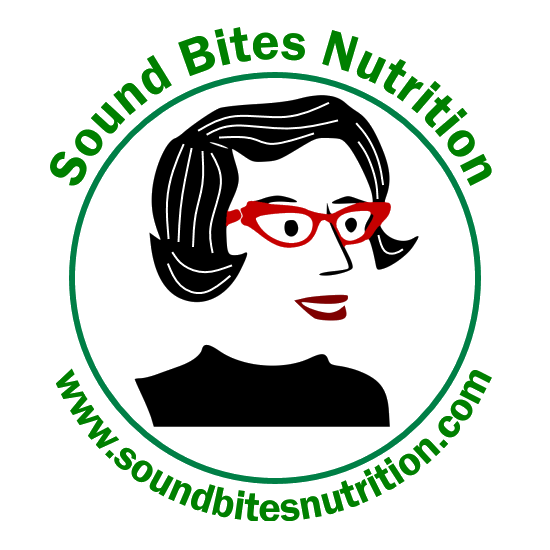Meal Planning 101
I get a lot of questions from clients about how to plan meals. While meal planning is seen as tedious, it's best to start with a few simple tenets. Consider these points first before you start your plan:
- Do you like to cook or need more convenient type foods?
- What do you like to eat? Do you prefer vegetarian or animal-based meals?
- How often do you eat out? To meal plan, consider how many meals you are not eating at home.
- What can you afford? Do you shop at discount or high end grocery stores?
- Do you have any health conditions to keep in mind? Are you trying to prevent diabetes, weight gain or trying to lower cholesterol and blood pressure? Or, are you seeking to gain weight or improve your energy levels?
- Do you have food allergies or intolerances that modify your eating habits?
Balanced meals are just that- balanced. They include all (or most) food groups in order to give your body all the nutrients it needs. Studies show that the more diverse your diet is, the more robust your microbiome (gut bacteria), which helps protect your immune system. Can you manage without dairy products? Of course- but you'll still want a decent calcium source from either a dairy substitute or calcium/vitamin D supplement.Should you eat low carb or high carb? This depends on your goals. A lower carb diet may help with weight loss and blood sugar reduction, but may also be difficult to follow long term, especially during the holidays. How about reducing the amount of treats you eat and making a switch from white rice to brown rice? Or adding an extra serving of vegetables and having a smaller serving of grains at each meal? These little tweaks may help you with your health goals rather than having to give up an entire food group.Do you make a list when you shop? If not, you should. Include foods that you will actually eat. Sure, avocados are in vogue right now, but if you don't like them or will let them sit on your counter and rot, then don't buy them. Why not use guacamole for your "avocado" toast? It's convenient and you may be more likely to use it. Are you bringing food that you purchased with you for snacks or meals at work? If not, why not? Food is for eating!Breakfast is optional. If you're not hungry in the morning, I give you permission to skip it. BUT- only if you're NOT overeating at lunch, dinner and at night. Sometimes people aren't hungry in the morning simply because they eat too much before they go to bed. Take a real look at what times of day you are eating and why. My advice is that if you're not hungry, don't eat. Spread your food out throughout the day for more balanced energy. Include high fiber foods (fruits, veggies, beans, whole grains, nuts or seeds) and high protein foods (beans, meat/fish, tofu or dairy products- cottage cheese, string cheese, Greek yogurt). These keep you feeling fuller, longer and may help you snack less.Keep some staples on hand for when you're in a time crunch. These are a few of my favorite meals: black beans & whole wheat tortillas with salsa & shredded cheese, scrambled eggs and toast with a side of fruit, stir fried chicken and vegetables with brown rice. Other than thawing the chicken, these meals can be made fairly quickly without a lot of prep time needed.Finally, don't beat yourself up for not having every last morsel in your diet planned. That takes all the fun out of eating. Your meals don't have to be 100% perfect and neither do you. Remember to include fruits and vegetables every day and a few whole grains per day. Reduce empty calories from chips, candy, cookies, soda and alcohol. Drink more water and get 7-8 hours sleep every night. Your health will improve without drastic measures. Give yourself time.

